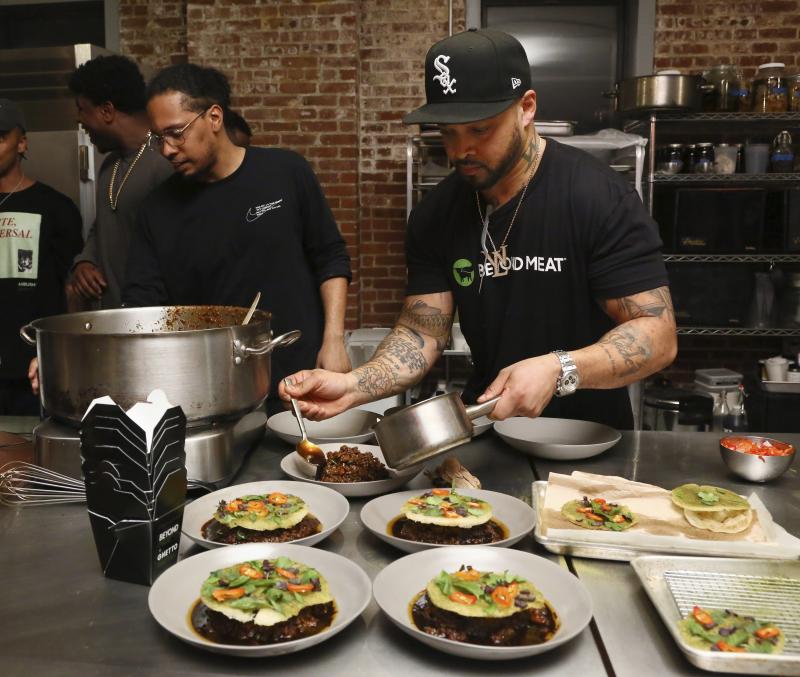

I said, ‘Yo man, blow up and go platinum I’m charging you double of what I charge.’ And he said, ‘No problem.’ And when we started working on Life After Death, he gave me what I wanted. And I think I told $4,000 a pop per song. At that time I was getting $25K, $30K a cut. “I did the same thing to Big,” DJ Premier told me over the phone in late May, as if numb to the splendor of name-dropping Christopher Wallace while describing a pact with Jay-Z. It is the one thing that Jay-Z had to make if he was going to make anything at all.
Jay z reasonable doubt whole crew got bread series#
He may have first imagined it as an ending, but only that project could have ignited the series of flares that have come since. Reasonable Doubt, which was released 25 years ago Friday, serves as a kind of codex to understanding the birth and rise of the most dominant character in the history of rap music. The question of why invariably gives the game away. (See: “I can’t see them coming down my eyes / So I got to make the song cry.”) And yet for a rapper who has triple-entendre’d his way to the top (and then out) of rap’s food chain, there is something about this album that he refuses to be anything but attached to. When has he been bothered? Even his moments of vulnerability that have helped oil the increasingly corporate machine are always placed at a distance. The Ringer’s 100 Best Jay-Z Songs, Ranked Reflecting on 25 Years of Jay-Z’s ‘Reasonable Doubt’Īll of which is a long-winded way of saying that Jay-Z has spent the better part of three decades protecting and mythologizing Reasonable Doubt in a fashion that oozes both doting and Machiavellian concern, each of which are antithetical to the defining feature of his unequalled public persona: total and supreme nonchalance. Just a few days ago, a judge ruled in Hov’s favor after he sued Damon Dash for attempting to sell the copyright to the album as a non-fungible token. Carter Enterprises–sponsored propaganda masquerading as nostalgia. There’s also the RD20 documentary he commissioned at Tidal in 2016, a nifty bit of S. In ’06 he went so far as holding an anniversary show for the LP even in recent years he’s been known to make a point of performing early material. They couldn’t come to a deal, so Jay went on, scorned, but also (conveniently) richer. “It meant everything to me because it was my baby,” was how Jigga described his rationale to XXL months later. As the epic goes, he offered to turn down the Def Jam position and tack on the rights to all his other previous releases in exchange for his Reasonable Doubt masters. In ’04, after a fruitful but increasingly tense partnership with his two other Roc-A-Fella Records cofounders, Damon Dash and Kareem “Biggs” Burke, Hov sought an even higher perch as CEO and president of Def Jam Recordings. The love affair continued into the mid-2000s. Of course, that’s not what would happen, but that kind of intent with a project must, at some level, breed an indomitable attachment to it-one that only making something that may or may not be your only creation can.

“It was my intention to make it my last,” Jay later wrote in his autobiography Decoded, meaning the album was designed to be his one and only opus, upon which the then-26-year-old would transition to the throne of label management and tastemaker. The answer was that he didn’t have any, at least not on the mic.

It started around the album’s release, when reporters or talk show hosts or DJs would ask him what his plans were for the next project. The man’s still in love with his debut and can’t bear to quit flirting. 1 of hustling (the new testament, not the original commandments) is don’t tip your hand, but Jay-Z seems unable to help himself when it comes to Reasonable Doubt. Today, we’re looking at one of the most heralded debuts in hip-hop history, Reasonable Doubt. The 1996 Rap Yearbook, a recurring series from The Ringer, will explore the landmark releases and moments from a quarter-century ago that redefined how we think of the genre. No year in hip-hop history sticks out quite like 1996: It marked the height of the East Coast–West Coast feud, the debut of several artists who would rule the next few decades, and the last moment before battle lines between “mainstream” and “underground” were fully drawn.


 0 kommentar(er)
0 kommentar(er)
